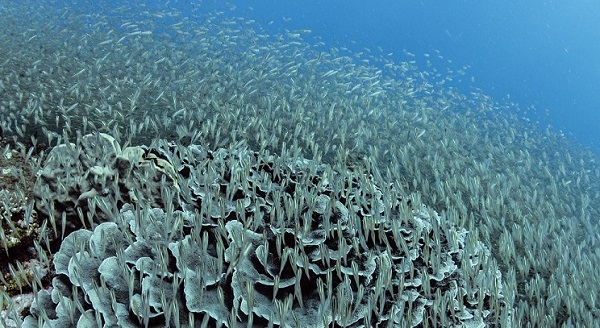What are you doing for your summer holidays? Relaxing, surfing, reading trashy novels? Or perhaps writing a submission to the 10-year review of our national environment law – the Environment Protection and Biodiversity Conservation Act 1999 (EPBC Act)?
By Rachel Walmsley, Director of Law Reform and Policy, Sydney office
The date for public submissions has been extended due to the bushfire crisis until 17 April 2020.
On the same day that EDO became one formidable national legal team, Professor Graeme Samuel AC got down to business for the review and released a Discussion Paper outlining key questions and issues regarding our national environmental law. The important conversation has begun on what our national law should actually do.
EDO lawyers across Australia have applied, analysed, wrestled with, reformed and critiqued the EPBC Act for the past two decades. The handful of public interest cases we have run for brave clients have helped shaped the legal landscape in Australia, and we have helped communities across the country to engage in the processes under the Act to protect the environment.
However, let’s be frank.
We have an Act that is over 1000 pages and yet does not effectively address the biggest environmental challenges we face: climate change and land clearing.
We have tools and mechanisms to protect our unique biodiversity, but reduced funding for effective implementation.
We have an ever increasing list of endangered species and world heritage areas like the Great Barrier Reef under serious threat.

And the public commentary on the review so far has suggested the primary measure of success for the entire regulatory scheme is how quickly project approvals can be done.
Addressing complex, cumulative, dynamic environmental issues to ensure we have healthy, resilient and productive landscapes for future generations must be done properly. The review needs to examine evidence of a complete set of costs (of environmental degradation and inaction) and values (including the value of maintaining a healthy environment and safe climate).
EDO has a clear vision of what strong national environment laws should look like. The 10-year statutory review presents an opportunity to showcase our roadmap to effective national environment laws that address the biggest challenges we face and reverse our extinction trajectories.
We will be calling for:
- A new Australian Environment Act that elevates environmental protection and biodiversity conservation as the primary aim of the Act.
- Duties on decision makers to exercise their powers to achieve the Act’s aims.
- Two new statutory environmental authorities – a National Sustainability Commission (Sustainability Commission) and a National Environment Protection Authority (EPA).
- New triggers for federal protection including: the National Reserve System (terrestrial and marine protected areas), Ecosystems of National Importance, Vulnerable ecological communities (alongside other listed species, populations, ecological communities and critical habitat), Significant land-clearing activities, Significant greenhouse gas emissions, Significant water resources (beyond coal and gas project impacts).
- A dual focus on protection and recovery of threatened species and ecological communities.
- A National Ecosystems Assessment to holistically identify important natural assets, their status and the ‘ecosystem services’ that nature provides to human society.
- A national environmental data and monitoring program that links federal, state and territory data on biodiversity, strategic planning and environmental impact assessment.
- Greater emphasis on indigenous leadership, land management and biodiversity stewardship, including formal recognition of Indigenous Protected Areas.
- A suite of international conservation protections to ensure Australian governments, companies, citizens and supply chains protect and support global biodiversity.
It is critical that this review hears from a range of experts and stakeholders and individuals who want to see a healthy, functional and resilient Australian environment and a law that people can understand and engage with. EDO will be engaging deeply in the review.
Find out more: NEXT GENERATION: Biodiversity Laws – Best practice elements for a New Commonwealth Environment Act





